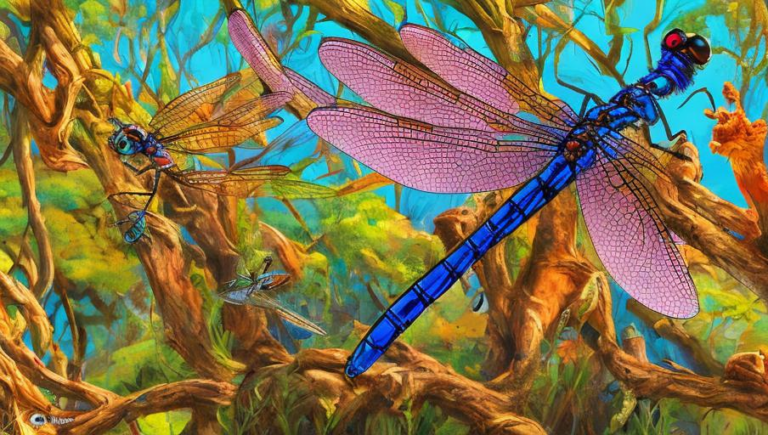A Glimpse Into Alligator Behavior

Introduction
Alligators are one of the world’s oldest and most fascinating creatures. Although they are often feared by humans, alligators are actually quite docile and shy. They can be found in a variety of wetland habitats, such as swamps, marshes, rivers, and lakes. Alligators have a number of unique behaviors that help them survive in the wild, and it is important to understand these behaviors in order to protect alligators and their habitats.
Social Behavior
Alligators are social creatures, and they form large groups known as congregations. These groups are made up of both males and females, and they can range in size from just a few individuals to hundreds of alligators. Within the group, alligators often interact with each other, and they may even cooperate when foraging for food. Alligators also use vocalizations to communicate with each other, and some species can even create a “bellowing” sound.
Feeding Behavior
Alligators are carnivores and have a varied diet. They primarily hunt for fish, birds, and small mammals, but they will also scavenge for carrion. Alligators are also opportunistic feeders, and they will eat anything they can catch. To help them hunt, alligators use their powerful jaws and sharp teeth. They also have an excellent sense of smell which helps them locate food.
Defensive Behavior
Alligators will usually try to avoid confrontation with humans, but they can become aggressive when they feel threatened. They will use a variety of defensive behaviors, such as hissing, gaping, and snapping their jaws. Alligators will also use their powerful tails to lash out at potential threats. When alligators feel particularly threatened, they may even flee the area.
Breeding Behavior
Alligators use a variety of courtship behaviors to attract mates. The males will often express dominance by making loud vocalizations and displaying their size. During the mating season, males and females will form “bond groups” which will stay together for several days. After mating, the females will build a nest out of vegetation and lay their eggs. The females will then guard the nest until the eggs hatch.
Conclusion
Alligators are fascinating creatures with a variety of behaviors that help them survive in the wild. It is important to understand these behaviors in order to protect alligators and their habitats. Alligators are generally shy and docile creatures, but they can become aggressive when they feel threatened. By understanding alligator behavior, humans can safely coexist with them and ensure their continued survival.




